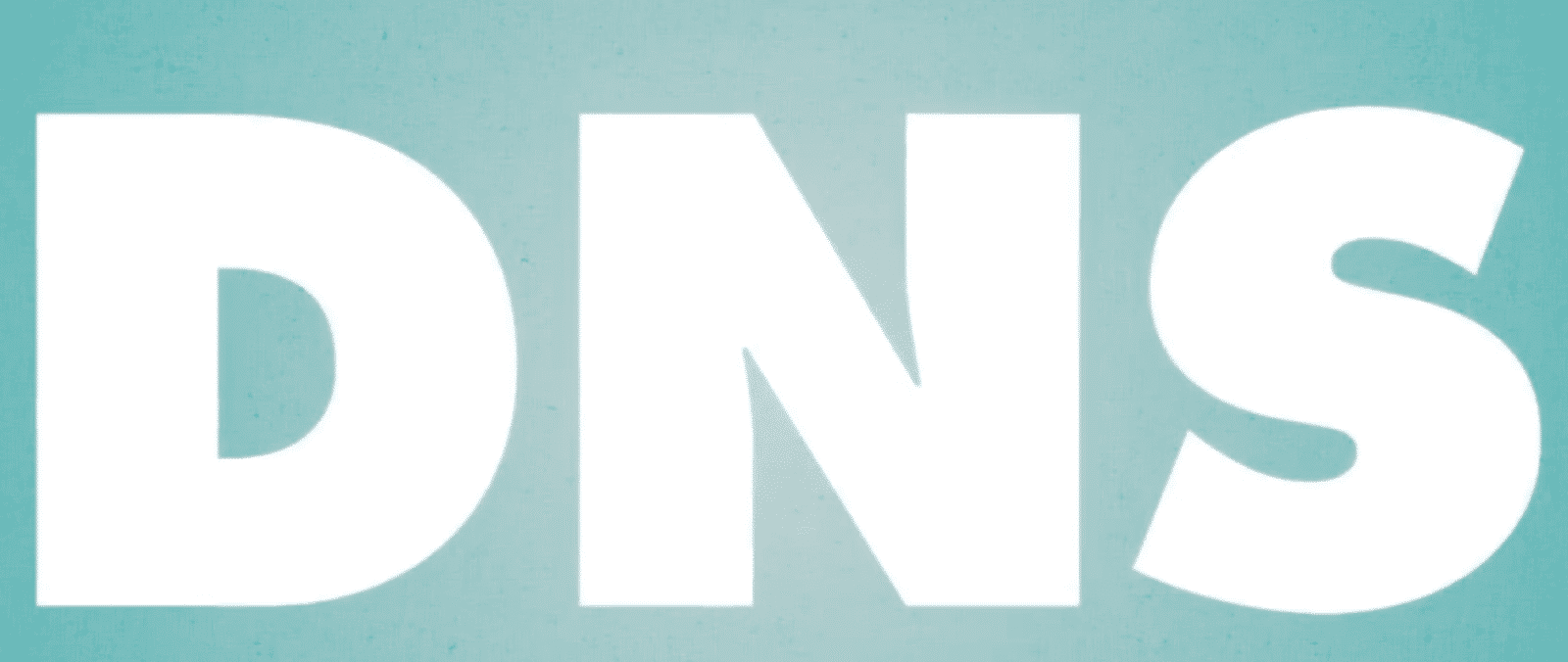DNS stands for “Domain Name Service” (or “System”) and once I explain what it is, that’ll make sense.
What DNS does is convert domain names into IP addresses. It’s just a lot easier to remember a domain name than an IP address like: 66.170.13.242. Computers need to know what IP address to go to and they don’t care about domain names while humans care more about domain names. You don’t tell people to go to 66.170.13.242, you tell them to go to TonyHerman.com, right? DNS is kind of a translator between computers and humans, sort of.
Another cool thing about DNS is that with how web servers are now, you can put many domain names on one IP address. It used to not be that way and everyone quickly figured out that we’d run out of IP addresses pretty soon.
There’s a lot to DNS and how it works but here are a few more things you should know as it pertains to website design:
- When you’re about to launch a new website, it’s good to set the time to live (the “TTL” as us geeks say) down so that people start seeing the new website sooner when it’s launched.
- If you’re going to change email servers, setting the TTL down is also a good idea.
- Your ISP (Internet Service Provider) gives you an IP address when you get online and they also give you some DNS servers to use. You can override them if you want and use different ones – like Google’s DNS servers if you want.
- Your DNS servers do not have to be with your domain name registrar – they can be anywhere. Your domain points to DNS servers where the records for your website originate (the “start of authority”).
- Instead of regular DNS, you can use a Content Distribution Network (CDN), which helps your website load faster by caching images for you, making DNS lookups quicker and help block bad traffic.
- IP addresses around the world are not in order. In order to block certain countries by IP address, you have to set up long lists – which is a long set of rules, which generally slows things down because all traffic coming to your website has to go through those filters. A CDN is better at doing this.
- You can override DNS by changing your “hosts” file on your computer. We do this a lot when developing websites.
- You usually specify at least two DNS servers for a domain (you can have more). There’s a primary and a secondary. If one server is down, the second one is used. It’s a good idea to use a CDN because if your domain name registrar is down and you have your DNS with them, your website might not show up at all. In that case, it’s not a problem with your web host / server but with the DNS host / provider.
Without DNS, most of the Internet would kind of fall apart. It’s needed.
Because one server can get its entries from another one, who gets it from another, who get it from another, who get it from the start of authority (SOA), making a change in a DNS record that has a TTL set to 8 hours can take a long time to “propagate.”
Here’s a video that explains DNS:
And now ya know.
More resources:
- What Is A Domain Name Server (DNS) And How Does It Work (networksolutions.com)
- DNS – Domain Name System (about.com)













![[SOLVED] Trouble Buying CTGX? LOBSTR logo](https://www.tonyherman.com/wp-content/uploads/2022/05/TgaNxncgxVCU7YQUXkMcvXvP4AA2dGJkpe151mWrLE3PC4Tg12_5NQqvoKZYKXt_tdnm-100x70.png)


